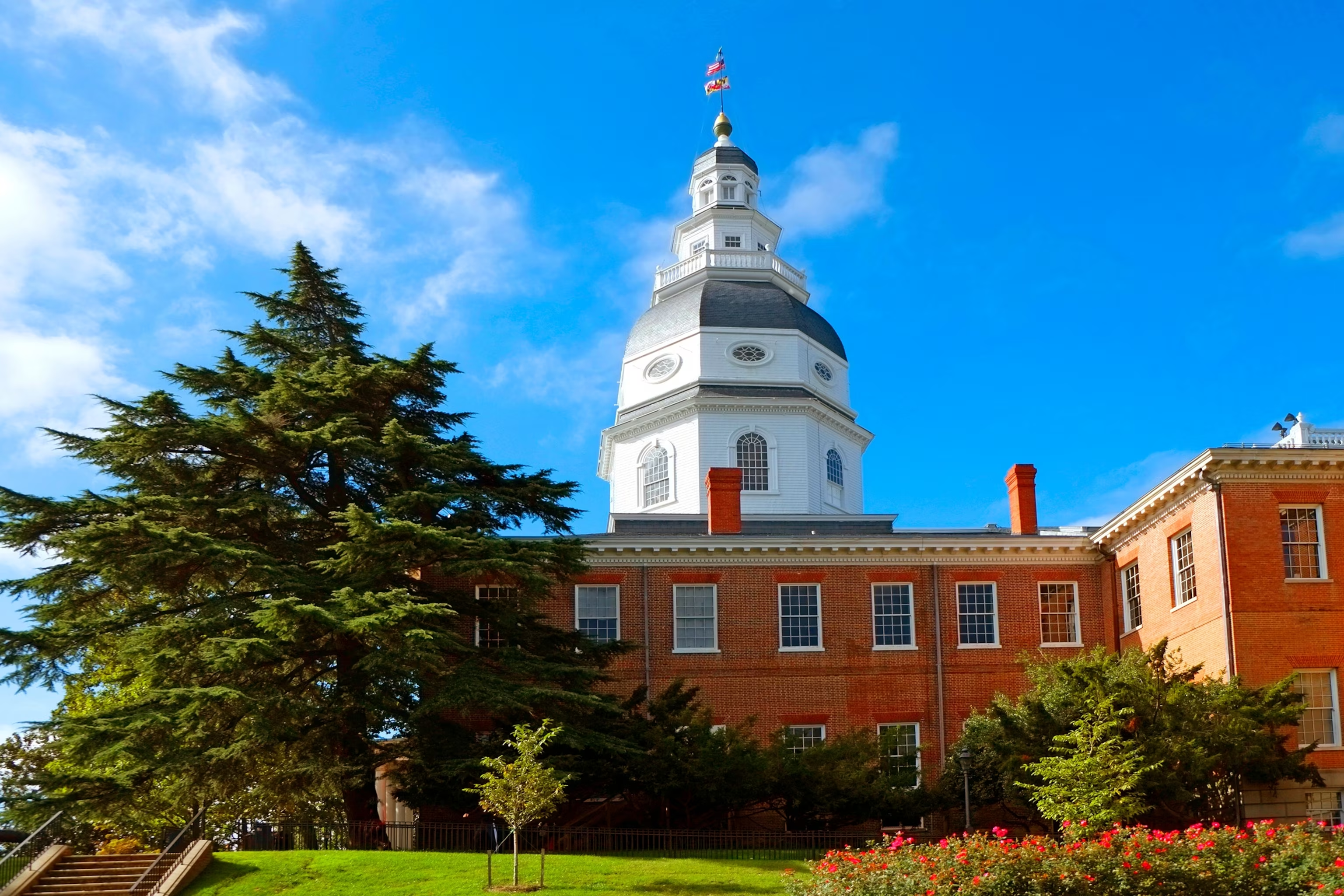
1:07 The Stars and Stripes wave before the U.S. Capitol building well into the ongoing U.S. federal government impasse in D.C., November 7, 2025. Nathan Howard/Reuters
While Democrats have been reveling in certain recent triumphs during the current mid-decade congressional map reshaping occurring nationwide, they encounter several obstacles in Democratic-leaning states regarding capitalizing on those successes – and the destiny of President Donald Trump’s platform continues to be at risk regardless of how protracted the disputes become.
Why Republicans and Democrats are endeavoring to reconstruct districts
Which political party will oversee the House following the 2026 congressional elections might hinge on only a couple of districts. As of Thursday, Republicans possess 219 districts in the U.S. House while Democrats hold 214, with two districts unfilled.

American flags flutter in front of the U.S. Capitol more than a month into the continuing U.S. government shutdown in Washington, November 7, 2025.Nathan Howard/Reuters
If all districts are occupied by the congressional elections, Democrats only have to gain three districts to seize control of the House in 2026, enabling them to impede Trump’s legislative agenda during the latter portion of his tenure. Republicans, meanwhile, aspire to strengthen their tenuous majority and persist in propelling Trump’s legislative goals forward.
That is the rationale behind why disputes over five districts in one state or fewer in another hold such significance.
The current mid-decade redistricting further decreases what was already a rather limited array of genuinely competitive districts. The Cook Political Report rates only 16 districts as of Thursday as a “toss-up” out of all 435 U.S. House districts. The assessments factor in states that have previously completed mid-decade redistricting.
Some triumphs for Democrats, but impediments ahead
Initially, the fresh flurry of congressional map revision appeared as though it would favor Republicans. Texas legislators enacted a map that revises five congressional districts to favor Republicans; GOP-led legislatures or commissions in Missouri, North Carolina, and Ohio soon followed suit with maps that could enable the GOP to seize at least one district in each state.

Maps are displayed on Texas Democratic Rep. Chris Turner’s desk during a House meeting in the State Capitol on August 20, 2025 in Austin, Texas.Brandon Bell/Getty Images
And Republican-controlled legislatures in Florida, Kansas, and Louisiana are contemplating redrawing their maps and could exclude even more Democrats.
Kansas may constitute an unusual instance. Republican state legislators have debated revising the state’s congressional map to exclude the Sunflower State’s sole Democratic member of Congress, Rep. Sharice Davids.
But Democratic Gov. Laura Kelly is firmly opposed to mid-decade redistricting, and Republican legislators have suggested they will not be able to acquire adequate signatures to bypass her in order to convene a special session regarding the issue. Some have also indicated they desire to resist White House pressure to redistrict.
A forthcoming Supreme Court ruling in a Louisiana case may prompt further redrawing in favor of Republicans.
Democrats expressed that they would attempt to counteract that Republican endeavor – and their initial major triumph occurred when California voters opted on Election Day to vote yes on “Proposition 50,” which will revise their state’s congressional map to render five districts potentially winnable by Democrats.

Gov. Gavin Newsom speaks during an election night gathering at the California Democratic Party headquarters on November 04, 2025 in Sacramento, California.Justin Sullivan/Getty Images
(The Department of Justice on Thursday joined a legal effort by Republicans in California suing over the new map; Newsom’s office responded that “these losers lost at the ballot box and soon they will also lose in court.”)
Subsequent to California, a somewhat unexpected accomplishment for Democrats materialized in Utah, which was revising its congressional map as a result of a court directive.
A judge mandated late Monday that the state must embrace a congressional map proposed by plaintiffs in a legal case, ruling in favor of a map that encompasses a revised Salt Lake City-based district that leans substantially in favor of Democrats.
Utah’s four-member U.S. House delegation is presently entirely Republican. The updated map establishes a congressional district centered around Salt Lake City that analysts assert strongly favors Democrats.
And prominent figures are taking note. On Thursday, former Democratic U.S. Rep. Ben McAdams, who formerly represented Utah’s 4th congressional district, announced a candidacy for the new district.
But additional success for Democrats in mid-decade redistricting in advance of the congressional elections is not guaranteed.
For example, Maryland Gov. Wes Moore has assembled an advisory commission on redistricting, but state Senate President Bill Ferguson, also a Democrat, has stated he opposes proceeding with redistricting.
Ferguson wrote in a recent communication, acquired by ABC News, to Democratic state Senators that “mid-cycle redistricting for Maryland presents a situation where the legal risks are excessively elevated, the timeframe for action is perilous, the potential downside risk to Democrats is devastating, and the assurance of our current map would be compromised.”

Maryland State Capitol Building Statehouse in Annapolis, Md.Dennis Macdonald/Getty Images
But Maryland U.S. Reps. Jamie Raskin and Steny Hoyer, both Democrats, wrote in a separate letter obtained by ABC News that Maryland Democrats should redistrict “to make Maryland House seats more competitive in a way that counters the Trump national steamroller.” The Baltimore Sun initially reported on the communication.
Democratic state legislators in Illinois have, analogous to Maryland lawmakers, not been entirely in agreement with potential redistricting, even though national Democratic leaders such as House Minority Leader Hakeem Jeffries are advocating for it.
A separate endeavor by Democratic legislators in Virginia to permit the legislature to revise congressional districts is still progressing, but will need to undergo numerous stages before legislators can even propose a map. However, Democrats retained dominion over the state House of Delegates and prevailed in the governorship in 2025’s elections.
How do Americans perceive it – and how prolonged could this last?
Americans are ensnared amidst the redistricting contest, confronting uncertainty over who will represent them and which district they’ll be voting in. A Marquette University Law School survey conducted in September revealed that 70% of American adults disapprove of states revising districts “to render them as advantageous as conceivable for the party possessing the majority in the state.”
And how long might the to-and-fro on mid-decade redistricting endure?
It may hinge on candidate registration cut-off dates, which are the dates by which a candidate needs to submit paperwork to be included on the ballot for a state’s primary. In Maryland, for instance, the registration deadline for the congressional primary is on Feb. 24. In Kansas, it’s not until June 1.
If state legislatures aspiring for new congressional maps haven’t enacted them into law by then, candidates will likely still be registering to contend in the current districts. Court cases or legislative measures could also alter cut-off dates.
The crucial date to observe is Nov. 3, 2026. The congressional elections themselves will be the genuine assessment of whether Republicans or Democrats have emerged victorious, suffered defeats, or fought the redistricting battles to a stalemate – and what awaits Trump’s agenda.
ABC News' Brittany Shepherd, Emily Chang, Halle Troadec, and Alex Mallin aided in this report.
Sourse: abcnews.go.com






